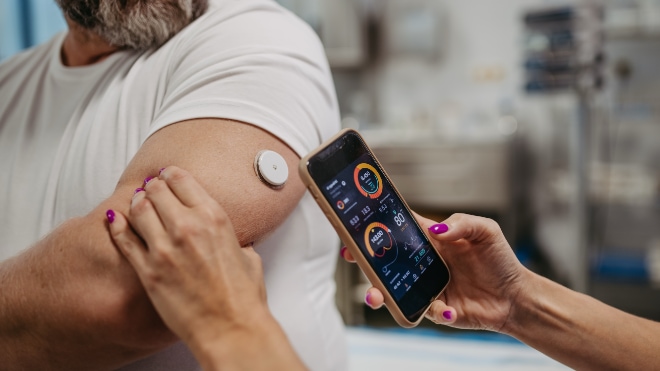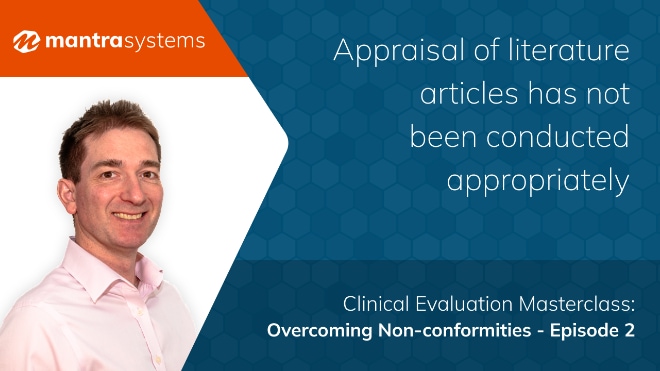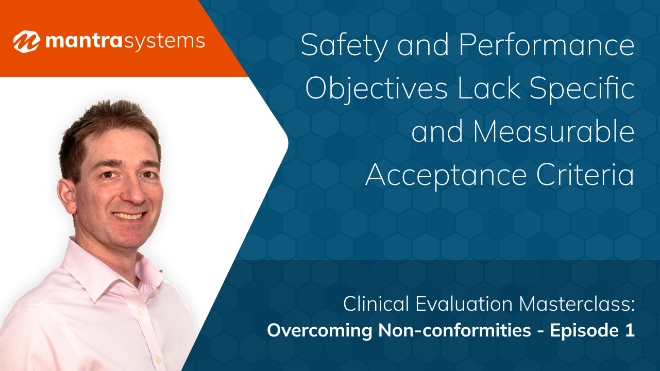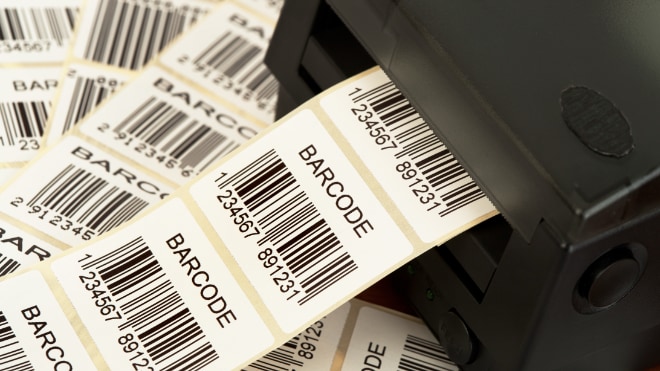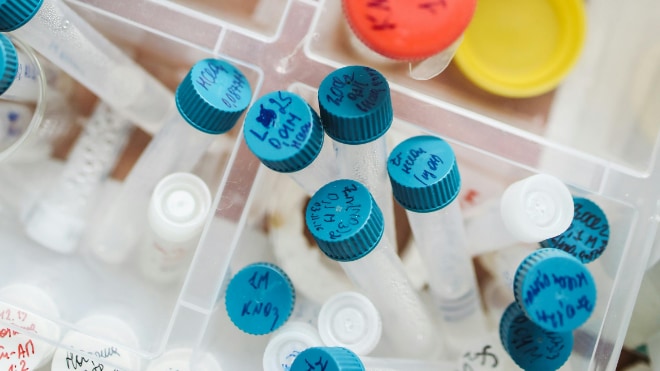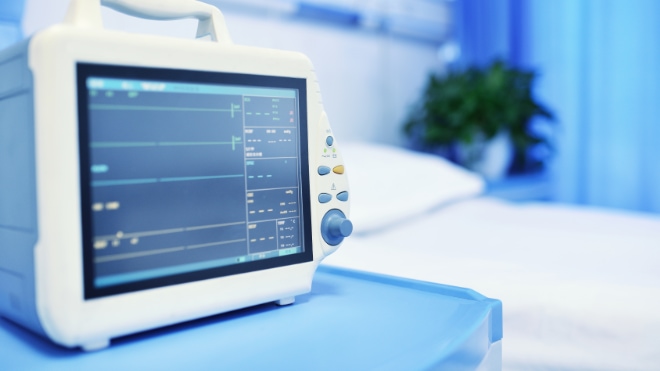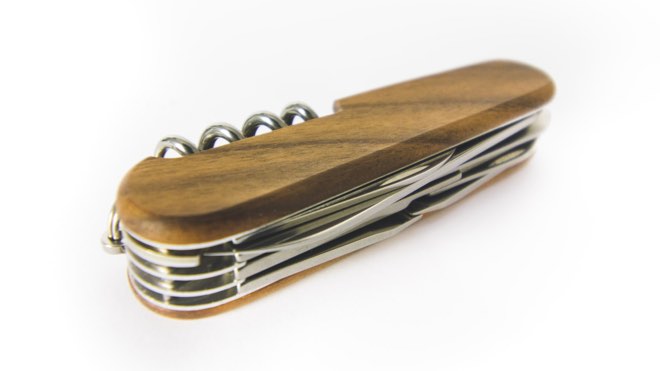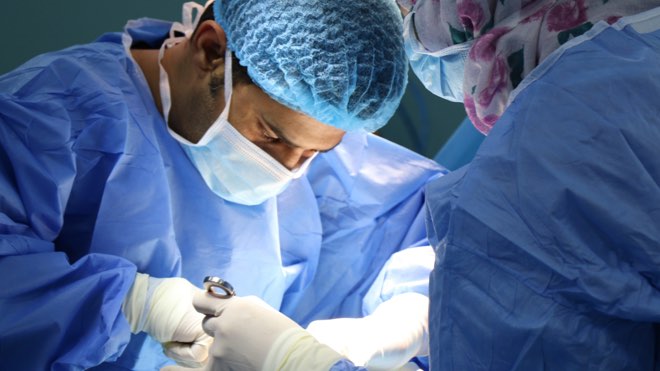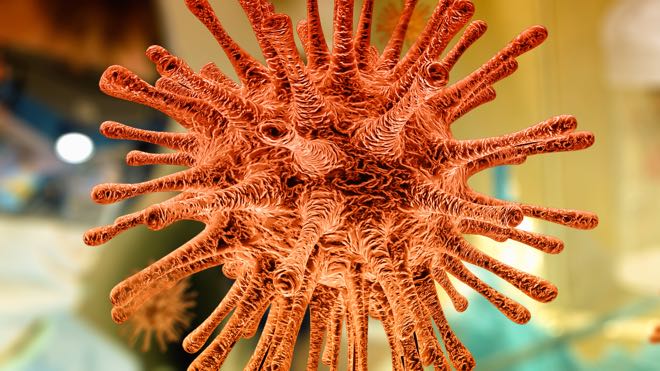
Writing a Clinical Evaluation Report (CER) is one of the most demanding aspects of preparing a medical device submission under the MDR. It calls for a comprehensive appraisal and analysis of all clinical evidence relating to the subject device, along with an objective analysis of data relating to the clinical background and comparable alternative devices.
Video 1: Five common pitfalls when writing a Clinical Evaluation Report
Needless to say, it’s common to run into difficulties when writing a CER and it’s not a task to approach lightly. Because “forewarned is forearmed”, here are five common pitfalls when writing a CER and some tips to overcome them.
Pitfall 1 - Not being ready
In some cases, manufacturers attempt to write a CER too early in a device’s developmental journey. Because a CER considers a broad range of evidence including pre-clinical bench tests, clinical evidence and PMS data, there’s little point conducting a CER until such information is available.
Having said that, it is possible to use a framework CER to act as a form of enhanced Gap Analysis by highlighting aspects of a regulatory strategy that are missing; however, using a CER this way requires an experienced eye and a very thorough CER structure.
Tip - If you are writing it yourself, it's generally better to wait until the device is more mature before attempting a Clinical Evaluation Report.
Pitfall 2 - Incorrect structure
It goes without saying that it’s vital to know what needs to be included in a CER. Difficulties can arise because requirements are dynamic, meaning that what constituted correct structure a year ago might not be sufficient today.
A common failure point is an over-reliance on outdated guidelines such as MedDev 2.7/1 rev 4 - while this was the ‘gold standard’ for many years, this has not yet been updated to reflect changes in the MDR. Furthermore, MedDev is not especially easy to work with. An optimal CER structure will account for requirements in the MDR as well as MDCG guidelines, industry standards and the aspects of MedDev that remain relevant.
Tip - Because ensuring the correct CER structure is so vital to success, we were motivated to release our unique, 64-page CER Template which provides not only the correct structure, but also includes sample text, examples and other guidance to give you line-by-line support through the entire CER-writing process.
Pitfall 3 - Not accounting for exclusions
All good CERs require an extensive review of the medical literature. In fact, done properly, a CER actually calls for two reviews - one against the subject device itself, and another against the clinical background and any comparable alternative devices. The latter is used to determine safety and performance benchmarks against which to assess the subject device.
As if performing thorough literature search & review wasn’t enough of a challenge, it’s also a requirement that you account for and justify every excluded paper for each search term you use. Needless to say, because some search terms will generate thousands of results, this can become extremely time-consuming and laborious.
Tip - It's vital that you have an effective strategy to ensure that exclusion handling is efficient and manageable, including careful search term selection and use of appropriate software.
Pitfall 4 - Incorrect use of language and ‘naked’ opinions
This is a pitfall that even the most experienced writers can fall into.
Tip - It's crucial that the correct type of language is adopted throughout the CER.
Ensure that an objective ‘third person’ tense is used. For example, using terms such as “we feel that this constitutes an appropriate number of complaints over a 12-month period” introduces an ‘opinion’ that has no place in an objective assessment.
Instead, use phrasing such as “There were x recorded complaints between December 2020 and December 2021. As presented in Section 1.2.3, this is numerically equivalent to rates seen for Products A, B and C which constitute comparable alternatives to the subject device.”
Always avoid opinions - especially if they are ‘naked’ - ie unsubstantiated. So “This is the most common cause of acne” would be better phrased as “Jones et al (2017) undertook a systematic review which found that x is the most common cause of acne in adolescent males”.
Pitfall 5 - Lack of objectivity
When writing a CER for your own product, this is perhaps the most difficult pitfall to avoid. The MDR calls for an objective approach with equal weighting (allowing for variances in study design and quality) given to sources that are favourable and unfavourable to the subject device. Presenting negative data against one’s own device is never comfortable or easy.
Tip - Nonetheless, avoiding or inappropriately excluding negative data is a big no-no and will inevitably lead to a non-conformity. There's no easy fix, although it's a strong argument in favour of engaging an external specialist to help with the preparation of the CER.
Summary
Video 2: Clinical Evaluation from Mantra Systems
Our team of medical writers are all highly qualified medical professionals, meaning they deliver the highest standards of independent objectivity alongside their peerless ability to work with clinical evidence and their unparalleled subject matter expertise.
If you’d like more information on anything related to CERs, feel free to contact our team for a no obligation discussion.



